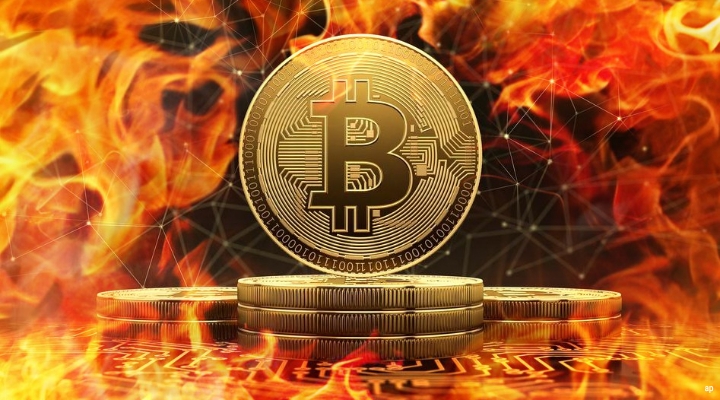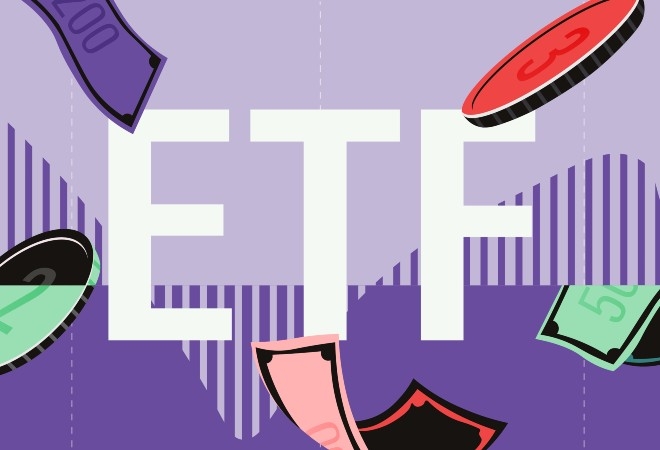This article is part of Morningstar's Guide to Passive Investing, helping investors make smart choices to meet their long-term investment goals.
Emma Wall: Hello, and welcome to the Morningstar series, "Ask the Expert." I'm Emma Wall and I'm joined today by Morningstar Fund Analyst, Monika Dutt.
Hi, Monika.
Monika Dutt: Hi, Emma.
Wall: So, emerging markets finally seemed to have resurged this year, both in terms of performance and indeed, inflows, haven't they?
Dutt: That's right. A lot of investor sentiment is coming back into EM after many years of lackluster returns. That's partly because of the strong U.S. dollar and a softer stance on interest rates.
Wall: And what we're going to talk about today is ETFs, because I think a lot of people are unaware of the variety of ETFs out there in order to gain exposure to this asset class. They know that active funds have many different proceeds, but for them emerging markets may only come in that market cap weighted sphere. Perhaps if we start with that traditional type of ETF and then you can explain a couple of other ways people can get exposure to this asset class.
Dutt: Sure. So the traditional way is the market cap weighted benchmark and that's usually the MSCI Emerging Markets Index. So, one ETF which we like is the Amundi MSCI Emerging Markets ETF.
Wall: And that's been very popular, hasn't it? It's quite a big ETF.
Dutt: That's partly because it's cheap. It's only 20 basis points and that gives it a head start, but there are many drawbacks to a market cap weighted approach.
Wall: Such as?
Dutt: For example, South Korea, China and Taiwan make up more than half of the total portfolio and China alone comprises about 27%.
Wall: And that's going to rise, isn't it, because there is a conversation at the moment with MSCI including different types of China shares within its universe which could potentially make this MSCI Emerging Market Index actually a sort of 60% China index.
Dutt: Yeah, about 40%.
Wall: And so, the people who want better diversification or want an ETF based on something other than market cap, what options are there?
Dutt: So, away from market cap we also have the iShares MSCI Minimum Volatility ETF which is 40 basis points and a risk-reducing strategy for EM makes sense because the nature of EMs is very volatile as well as the currencies.
Wall: And it does actually put a lot of people off investing in emerging markets, that volatility. The fact that underlying factors such as commodities or politics can really drag the market around. So, would this be a strategic beta ETF?
Dutt: Exactly. It's a risk-reducing strategy. So it creates a lower volatility portfolio.
Wall: But because of that it does have that slightly higher fee?
Dutt: Exactly.
Wall: And what's the third ETF you'd like to highlight today?
Dutt: The third ETF is the SPDR S&P Emerging Markets Dividend ETF because many investors now are deprived of income, so this is a portfolio that focuses on the highest dividend payers within EM countries.
Wall: Because in developed markets both in equities and in bonds yields have really been depressed because of we've seen equity rallies in developed markets and we've seen interest rates come down. So, looking to emerging markets for alternative source of income makes sense. But there has been a bit of a patchy performance record for these types of ETFs, haven't there?
Dutt: Exactly. They have underperformed in total return terms compared to their market cap weighted funds. But that's mostly been because of sector and country biases. They tend to favor countries that pay out higher dividends like Taiwan or Brazil or Russia even and as you know, these countries have been hurt by fluctuations in currencies.
Wall: And I suppose this helps to highlight the fact that just like with active fund investment you can choose a number of different ETFs and blend them together in order to get the best diversified access to emerging markets.
Dutt: Exactly.
Wall: So they are complementary to one another?
Dutt: Yes.
Wall: Monika, thank you very much.
Dutt: Thank you.
Wall: This is Emma Wall for Morningstar. Thank you for watching.




























